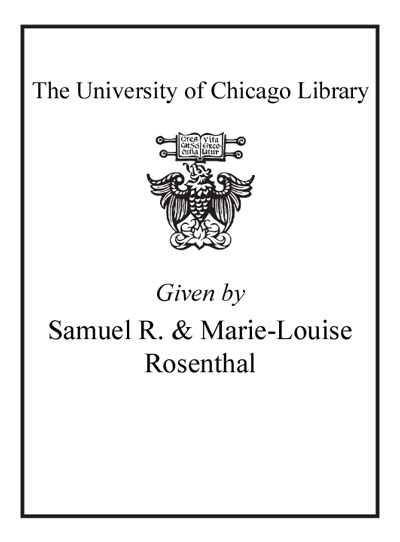Preface Dear Reader: You hold in your hands an atlas covering a part of the world hitherto unknown to us. For the first time, all the important discoveries of modern marine exploration and oceanography have been assembled in this World Atlas of the Oceans , together with data on topographical features of the oceans of the world, exact details regarding the depths of all ocean trenches, as well as detailed information on the many "sea mounts" and underwater mountain ranges which play such an important role for marine life. The volume provides authoritative yet easily understandable information for the scientifically minded individual. Interest in oceanography was first aroused 150 years ago, but it was not until the second half of the 20th century that a coordinated research effort was made on an international level, allowing knowledge to be meticulously and systematically gathered. From then on, major seafaring nations such as the United States, the former USSR, Great Britain, France, the Netherlands, Spain, Portugal, Germany, Canada, Australia, New Zealand, Japan, India, South Africa, Argentina, and Brazil worked together; each participating country sharing in the enormous costs but, at the same time, able to concentrate on its own, unique research area. United under the International Hydrographic Organization (IHO) in Monaco and the Intergovernmental Oceanographic Commission (IOC) of the United Nations, the results of the world-wide marine research operation were finally published by the Canadian Hydrographic Service in an unprecedented collection of charts -- the General Bathymetric Chart of the Oceans (GEBCO). This collection of ocean charts was published at the beginning of the 1980s in a small edition for collectors; there were few copies available and the charts were only known to specialists and experts. The World Atlas of the Oceans puts an end to this exclusivity by providing the GEBCO charts for the first time in an atlas format. For this purpose, the original GEBCO charts have been divided into segments, and these chart segments are published in their original format. In cases where the legends on the bathymetric charts have made it necessary, we have repositioned the text to make the cartographical representation of the ocean bed more comprehensible and to identify heights and depths. The depth lines of the ocean bed are given in meters, the color and varying intensity of the blues illustrate the differences in depth, and the faint brown lines mark the passage of each of the exploratory voyages of the surveying vessels. To illustrate the topography of the ocean bed, a second atlas of panoramic drawings of the world oceans has been used. It was created by the Austrian artist Heinrich C. Berann (1915-99) at the end of the 1960s and the beginning of the '70s for the National Geographic Society. These panoramic drawings still remain the most impressive representations of the ocean bed. Even if some of the details in Berann's illustrations are in need of correction -- they could not take into account the results of recent research -- they continue to impart, as no other atlas does, a picture of the steep drops of the continental shelves, the vast expanses of ocean basins, the deep trenches, and the mighty mountain ranges which stretch for 60,000 kilometers (37,284 mi.) through the seas. At the same time, Berann's drawings are such an exact representation of the ocean bed that it was decided to illustrate each of the ocean regions on the segments of the GEBCO charts with a corresponding section from the relief charts. Occasional inaccuracies are more than compensated for by the graphic quality with which Heinrich C. Berann visualized the mysteries of the ocean bed beneath the waves. The maps published in this atlas are labeled in a variety of ways. While place names on the relief maps are provided in English, those on the bathymetric charts provided by GEBCO follow a different principal -- guided by the United Nation's naming conventions, and the two official languages of the IHO, English and French. Readers will thus find that water names are generally given in English, while land names appear in the national spelling. Exceptions were only made when these conventions would cause confusion for western readers. In these instances, the common English names and spellings were used. This atlas would never have been made possible without the support, advice, and generous sponsorship of the Canadian Hydrographic Service in Ottawa, the German Federal Maritime and Hydrographics Office in Hamburg, the Russian Head Department of Navigation and Oceanography in St. Petersburg, as well as Mrs. Troyer-Berann and the National Geographic Society, who placed these panoramic charts at our disposal. We express our gratitude for their enormous commitment and involvement in the creation of this book. Excerpted from World Atlas of the Oceans All rights reserved by the original copyright owners. Excerpts are provided for display purposes only and may not be reproduced, reprinted or distributed without the written permission of the publisher.


